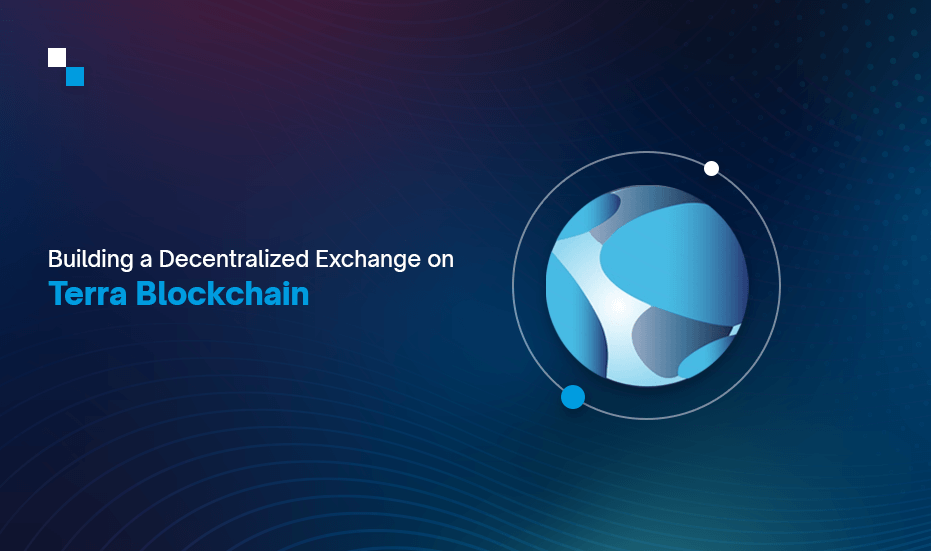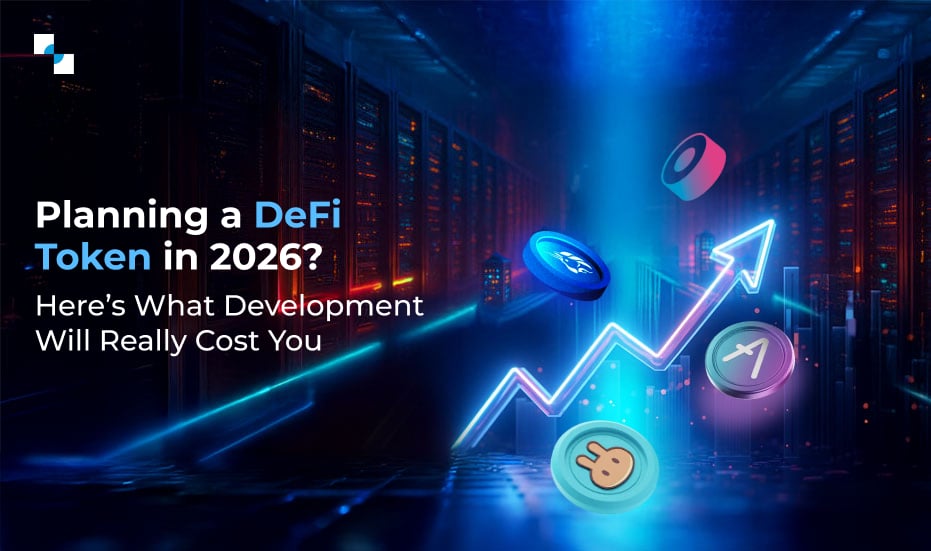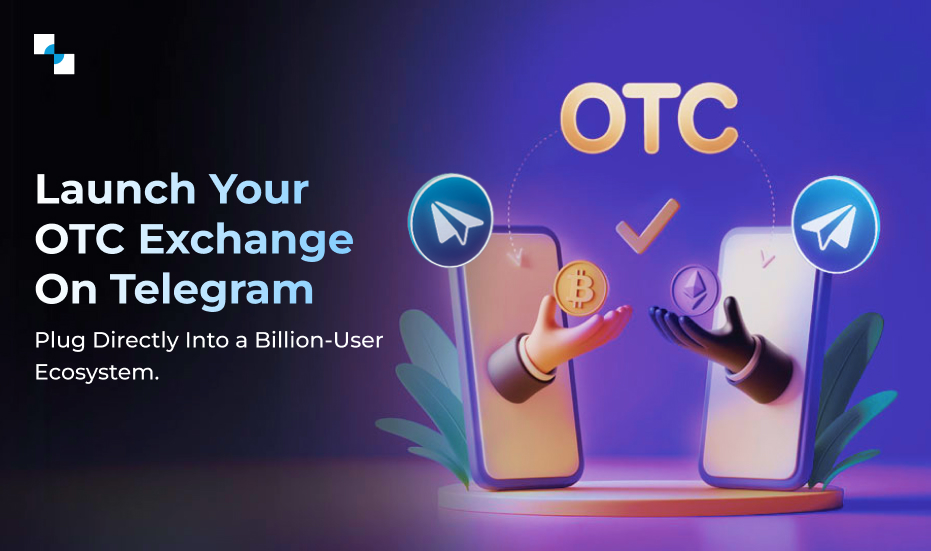Hundreds of billions of dollars continue to circulate in the DeFi realm despite so many speculations about cryptocurrencies and their future. It is no surprise that businesses are rushing to create DeFi exchange and participate in the thriving crypto market.
In this blog, we’ll go over all of the nuances of DeFi development that are sometimes neglected by business owners and give concrete advice on how to create DeFi exchange successfully on Terra Blockchain.
First things First! Let’s dig deep into Terra Blockchain!
Terra was founded in January 2018 to create a decentralized money transfer based on stable coins. Since its inception, it has become one of crypto’s most popular Layer 1 networks, providing compatibility with the conventional fiat economy and the larger crypto ecosystem. The expanding use of its main product, the US dollar-pegged stable coin UST, solidifies its success. It is now the market’s fifth-largest stable coin and is recognized as one of the most decentralized dollar-pegged cryptocurrencies. Terra’s DeFi programs have also witnessed increased usage in the previous two years.
Terra is designed with the Cosmos SDK framework, which means the blockchain is not yet interoperable with the Ethereum Virtual Machine.
Nevertheless, with the latest Columbus-5 update, Terra has been improved to Stargate, which means it is now compatible with some of the most important crypto ecosystems, like Solana, Polkadot, and Cosmos. The Gravity Bridge will also connect Terra to Ethereum and most other cryptocurrencies, making it simple to move Terra assets between ecosystems.
Terra’s ecosystem is relatively modest compared to other Layer 1 networks like Ethereum, Binance Smart Chain, and Solana, with a total value locked of roughly above $8 billion currently. It does, however, provide a new suite of DeFi applications.
The Terra DeFi platform’s functioning
The objective of Terra is to promote transactions and build a vast payment ecosystem that integrates banks, credit networks, and payment gateways into a single open system. One of the reasons businesses have started considering Terra for DeFi development is its ability to enable accelerated transactions.
Terra believes stable coins are the key to completing this mission because they can do two things:
- Maintain purchasing power
- Allow for convenient, low-cost payments.
Because bitcoin is a global currency, purchasing power implies various things to different people and economies. The US dollar may be too unpredictable for some, but it is a safe refuge for others. That is why the present dominance of stable coins like USDT and USDC is problematic. As a result, Terra devised a technique for issuing regional stable coins that are also readily traded.
Developers often create a Terra DApp by seeking funds from the Terra Fund. Developers subscribe to the fund by submitting their DApp website, indicating where their funds will go, explaining the in-DApp regulations, and documenting any prospective DApp audit data.
After developers apply to the Terra Treasury, validators vote on whether or not the DApp can pull funds and the level of investment. Terra provides money depending on a DApp’s weight or relevance to the more extensive network, with the amount varying on a case-by-case basis. The more persuasive a DApp is, the more likely it will acquire funding.
Validators can also vote to ban a DApp if it misappropriates treasury money, making it ineligible for any further financing. A DApp, on the other hand, can earn more funding depending on two factors: substantial economic performance and effective utilization of funds.
Develop your own DeFi Exchange on Terra Blockchain
Schedule Free DemoReasons to use Terra Blockchain for DeFi Development?
Terra was designed to be a worldwide, user-friendly electronic currency platform. It initially gained popularity among South Korean e-commerce platforms due to lower transaction costs than most credit card providers and payment processors.
Transactions carry a processing charge, typically less than 1% of the transacted amount and are paid to validators as a reward. Users may quickly pay using Terra stable coins, and retailers can accept it as a payment mechanism to save expenses. People can now utilize Terra for various purposes, including transactions, financing, renting, and insurance, contributing to Social Activities.
Terra Blockchain Advantages
The Terra blockchain has three key advantages: speed, lower charges, and compatibility, making it ideal for Defi Development.
• Fees and speed
Terra can accomplish high transaction per second (TPS) while keeping relatively cheap fees by utilizing the Cosmos Tendermint consensus method. It is expected to be capable of handling up to 10,000 TPS, with many traders on the chain costing under a dollar. In contrast, Ethereum has a TPS of 15, and transactions cost $9. Terra’s overall number of trades is approximately 50% of the total number of works on Ethereum, whereas gas fees are 0.25% – 0.65% of those paid on Eth.
• Interoperability
Being a member of the larger Cosmos ecosystem enables projects on Terra to engage with other initiatives within the Cosmos ecosystem using the Cosmos Inter-Blockchain Communication protocol (IBC). Terra can now interface natively with a commonly used protocol such as Osmosis, Juno, Secret Network, and Sifchain. As the interoperability improves in the future, Terra will be available to connect with each protocol in the Cosmos environment. Apart from this, Terra features bridge it with Ethereum, Harmony, and Solana outside of the Cosmos Ecosystem.
The environment of Terra
Terra’s economy is quickly expanding, with over a hundred projects operating by 2022. There is a strong emphasis on DeFi applications, giving birth to the term: TeFi (Terra Finance). The market capitalization of UST is $14 billion, and it has increased by 25% recently. Unlike EVM compliant networks, which encourage current ETH protocols to incorporate on their distributed ledgers, most protocols launched on Terra are native to the blockchain. The sheer number of Terra native enterprises being developed and their potential to attract vast sums of funding at this initial point are impressive.
Terra’s primary objective is to allow users to connect with decentralized apps (DApps) without experiencing volatility or hefty gas fees like its rival Ethereum does.
Conclusion
DeFi exchanges play an essential role as a business venture, and Terra-based Defi exchange can be an exciting opportunity for anyone looking to make a mark in the DeFi space.
If you are planning to create DeFi exchange on Terra blockchain, Antier Solutions can help. We offer strategically-aligned services to build Terra-based applications to help businesses tap into the evolving Terra market and take the lead.
Connect with our subject matter experts to share your business needs.







